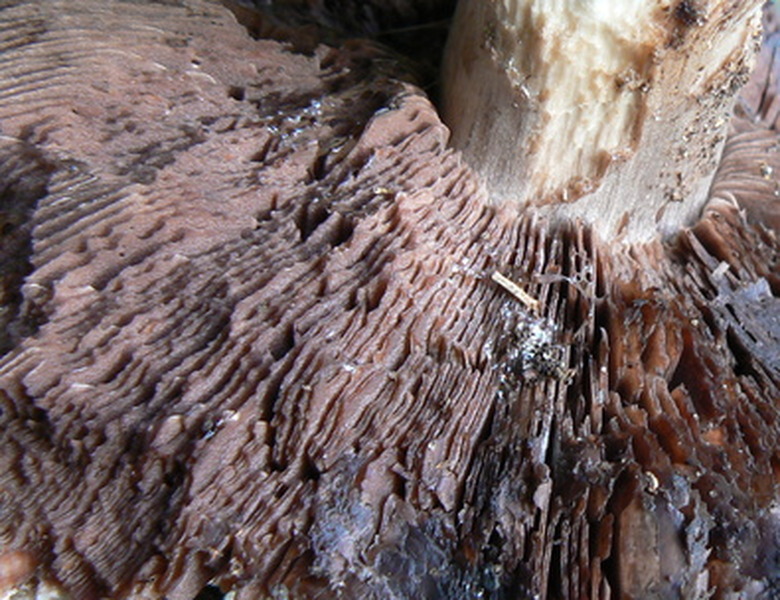How To Grow Chanterelle Mushroom
Many delicious foods grow in the wild, such as huckleberries and chanterelle mushrooms. Many measures have been taken to develop ways of cultivating these wild types of food so that they can be grown in large numbers and sold at food vendors like the grocery store. However, for some reason, efforts to find consistent cultivation methods fail. Still, gardeners can try to grow crops like the chanterelle mushrooms and might have success if the conditions for the mushroom are just right.
Step 1
Find a tree such as birch, beech or spruce that the chanterelle mushrooms can grow near. This tree should be one that lacks a mycorrhizae fungi that will compete with the chanterelle mushroom. Chanterelle mushrooms and trees often form symbiotic relationships. Choose an area with well-drained soil that has a low nitrogen content.
- Many delicious foods grow in the wild, such as huckleberries and chanterelle mushrooms.
- Still, gardeners can try to grow crops like the chanterelle mushrooms and might have success if the conditions for the mushroom are just right.
Step 2
Test the pH of the soil where the chanterelle mushrooms will be harvested. These mushrooms prefer soil with a pH between 4 and 5.5. Add sodium chloride to lower the pH or add lime to raise the pH.
Step 3
Wait until July to start chanterelle mushrooms.
Step 4
Loosen the soil on which the chanterelle mushrooms will be grown with a rake. Be careful when walking over the area where the chanterelle mushrooms grow, since they do not survive well in compacted soil. Undisturbed chanterelle mushroom habitats can keep regrowing every year.
- Test the pH of the soil where the chanterelle mushrooms will be harvested.
- Loosen the soil on which the chanterelle mushrooms will be grown with a rake.
Step 5
Take an old chanterelle mushroom and break it apart, spreading it around the area where you would like the chanterelle mushrooms to grow. Chanterelle mushrooms produce a lower level of spores than most mushrooms, so they are difficult to reproduce.
Step 6
Harvest chanterelle mushrooms by pulling and twisting them. Do not cut the chanterelle mushrooms since cut chanterelle mushrooms will become infected and endanger all of the mushrooms. Do not harvest the chanterelle mushrooms more than every three weeks, since frequent passage through the chanterelle mushroom's area can make the soil too compacted.
Tip
Chanterelle mushrooms often grow near moss. Chanterelle mushrooms are some of the most difficult mushrooms to grow and most chanterelle mushroom enthusiasts instead hunt for these mushrooms. As of 2010, efforts are underway to find a way to grow a sterile chanterelle mushroom tissue that can be grown in a culture before being transferred to a host tree.
Warning
Slugs and maggots sometimes feed on chanterelle mushrooms, though these fungi are mostly resistant to these pests. While you are trying to grow chanterelle mushroom, sometimes other species of fungi may develop that are not chanterelle. Do not try to consume the mushroom until you have positively identified that it is a chanterelle.
